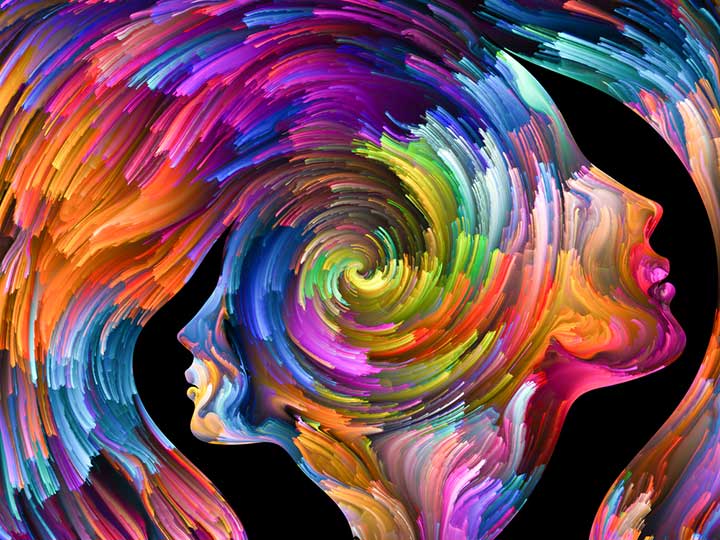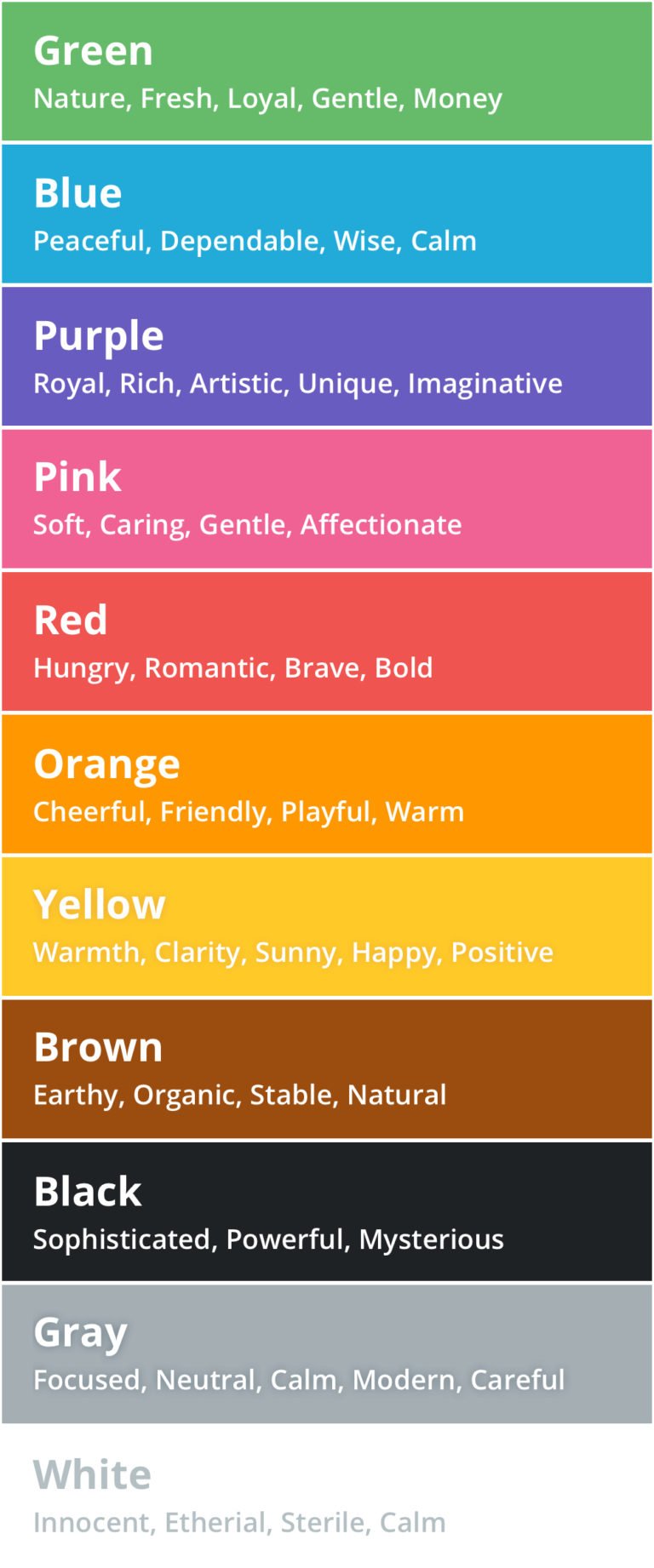Color Theory Understanding The Psychology Behind Color In Art
Have you ever stopped to consider how colors affect your mood and behavior? Believe it or not, color psychology is a real thing! It’s the study of how different colors can impact our emotions and behaviors in various ways. Keep reading to learn more about the fascinating world of color psychology.

First things first, let’s talk about the colors themselves. Did you know that each color has a unique meaning and can evoke different emotions? For example, the color blue is often associated with calmness and tranquility, while red is associated with passion and excitement.
When it comes to using colors in your daily life, whether it’s in your home decor, clothing choices, or marketing materials for your business, it’s important to consider the emotions and behaviors you want to evoke in others with your color choices. For example, if you want to create a calming and relaxing atmosphere in your home, you might opt for blues and greens.
On the other hand, if you want to create a sense of urgency or excitement in your marketing materials, you might opt for reds or oranges. It’s all about understanding the psychology behind each color and using it to your advantage.
So, how does color psychology work exactly? It all comes down to our brains and how we perceive and process color. When we see a certain color, our brains automatically associate it with certain emotions and behaviors based on our past experiences and cultural influences.
For example, in Western cultures, the color white is often associated with purity and innocence, while in many Eastern cultures, it’s associated with mourning and death. It’s important to consider these cultural influences when using color in a global context.
Additionally, different colors can have different effects on our physiology. For example, research has shown that exposure to red light can increase heart rate and blood pressure, while exposure to blue light can have a calming effect on the body.
But it’s not just about the physical effects of color on our bodies. Psychological studies have also shown that color can have an impact on our mood and behavior. For example, one study found that participants who were primed with the color blue before taking a creativity test performed better than those who were primed with red.
So, the next time you’re choosing colors for your brand, your outfit, or your home decor, take a moment to consider the psychology behind each color. It could make all the difference in how others perceive and react to you and your surroundings.
In conclusion, color psychology is a fascinating and complex field that can have a significant impact on our emotions, behaviors, and even our physiology. By understanding the psychology behind each color, we can use them to our advantage in various aspects of our lives, from marketing to home decor. So go ahead and experiment with different colors, and see how they make you feel!



Comments
Post a Comment